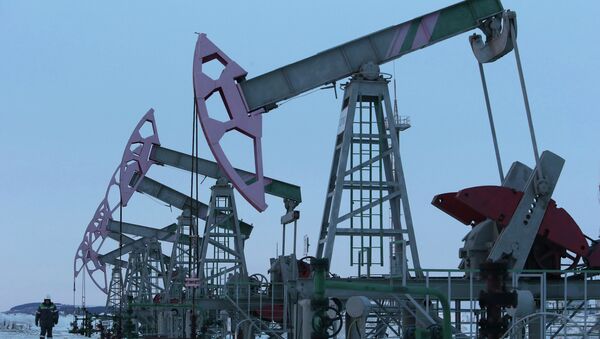«The challenges faced by Ukrainian and European dependence on Russian energy supplies puts a spotlight on the need for an expanded view of energy security that recognizes the collective needs of the United States, our allies, and trading partners, as well as the importance of competitive energy markets. Therefore, we must promote diversification of energy fuels, sources, and routes, as well as encourage indigenous sources of energy supply," the National Security Strategy read.
Russia exports 76 percent of its natural gas and 79 percent of crude oil to European markets, including Eastern Europe, through a network of pipelines, according to the US Energy Information Administration. Nearly 50 percent of Russia’s revenues come from energy.
The European Union gets about 30 percent of its oil and gas imports from Russia, according to European Commission data. Almost half of gas imports pass through Ukraine, where Moscow and Kiev have had issues over payments, price and allegations Ukraine has siphoned off gas meant for Western Europe.
The 8th EU-Russia Gas Advisory Council found in a 2013 report that “demand for Russian gas supplies to Europe may not decline in any scenario by 2030.” The EU has considered expanding Liquefied Natural Gas (LNG) imports, but in December the head of the International Energy Agency told Sputnik price and availability of LNG remain an issue.
In December, Russian President Vladimir Putin announced Moscow would cancel plans for the South Stream pipeline that would have brought gas under the Black Sea from Russia to Bulgaria, then on to Europe. Instead Russia and Turkey reached an energy deal that would reroute the pipeline plans to Turkey.




